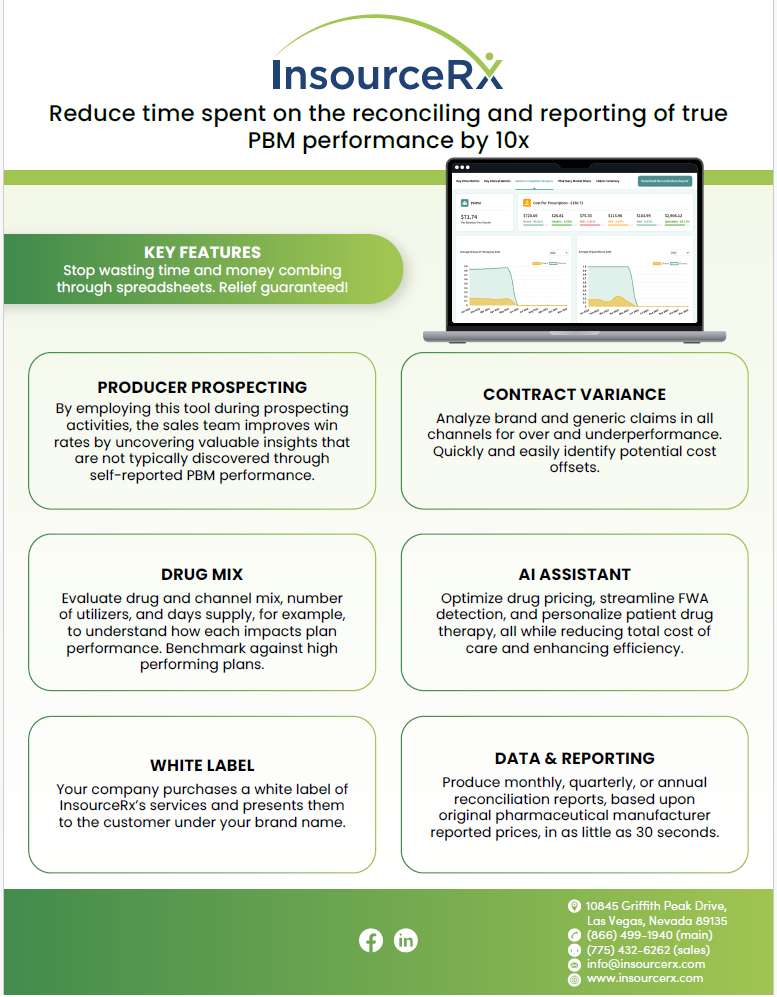Fiduciary duty claims in prescription drug case dismissed [News Roundup]
Fiduciary duty claims in prescription drug case dismissed and other notes from around the interweb:
- Fiduciary duty claims in prescription drug case dismissed. The U.S. District Court for the District of New Jersey recently dismissed two of three claims in a lawsuit against Johnson & Johnson (J&J) that alleged the company’s self-insured group health plan fiduciaries violated their duties under ERISA regarding the plan’s prescription drug benefit. The case, Lewandowski v. Johnson & Johnson, originally filed in early 2024, specifically claimed that J&J, as plan sponsor, breached its fiduciary duty of prudence under ERISA by failing to use good judgment when selecting a pharmacy benefit manager (PBM) and failing to negotiate better pricing terms for the plan and participants in its PBM services agreement. The lawsuit claimed these failures resulted in increased costs (e.g., higher plan premiums, deductibles, copayments, and cost sharing), lower wages and limited wage growth, thus harming participants and beneficiaries.
- Aetna sues drugmakers for widespread price-fixing and collusion. Aetna is taking legal action against Pfizer, Novartis, Teva Pharmaceuticals, and others, saying the list of drugmakers conspired to overcharge the insurer, consumers, and the federal government for generic drugs. The complaint (PDF), filed Dec. 31, claims the drugmakers communicated secretly at trade conferences or through phone calls, beginning in 2012, to determine the market share, prices, and bids of certain drugs. If communication was in writing, they destroyed the evidence, Aetna claimed. “They effectuated their market allocation by either refusing to bid for particular customers or providing outrageously high cover bids,” the complaint said. “This created an artificial equilibrium that enabled the conspirators to then collectively raise and/or maintain prices for a particular generic drug.”
- Pharmacy benefit managers raised prices by over 1,000% on specialty drugs. In the latest report, Specialty Generic Drugs: A Growing Profit Center for Vertically Integrated Pharmacy Benefit Managers, the FTC staff reported that the three largest PBMs drove up the price of specialty generic drugs for patients with cancer, multiple sclerosis, HIV, and pulmonary hypertension by more than 1,000% in some cases and by hundreds of percent in other cases. Together, the nation’s three largest PBMs manage 79% of all prescription drug claims for some 270 million Americans, the FTC staff noted in the July report, Pharmacy Benefit Managers: The Powerful Middlemen Inflating Drug Costs and Squeezing Main Street Pharmacies.
- How a Duty To Spend Wisely on Worker Benefits Could Loosen PBMs’ Grip on Drug Prices. Ann Lewandowski knows all about pharmacy benefit managers, or PBMs, the companies that shape the U.S. drug market. Her job, as a policy advocate at drugmaker Johnson & Johnson, was to tell patient and physician groups about the PBMs’ role in high drug prices. Armed with that knowledge, Lewandowski filed a potentially groundbreaking lawsuit in February. Rather than targeting the PBMs, however, she went after a big company that uses one — her own employer, Johnson & Johnson. Lewandowski charges in her lawsuit that by contracting with the PBM Express Scripts, which is part of the insurance giant Cigna, Johnson & Johnson — which fired her in April — failed in its duty to ensure reasonable drug prices for its more than 50,000 U.S. employees.
Why TransparentRx Is Your Trusted Partner for Smarter Pharmacy Benefits
At TransparentRx, we specialize in delivering fiduciary pharmacy benefit management services that prioritize transparency, cost containment, and optimal patient outcomes. Our unique approach helps self-funded employers, benefits consultants, and health plan sponsors navigate the complexities of pharmacy benefits while reducing costs and enhancing care.
If you’re ready to take control of your pharmacy benefit strategy and eliminate hidden fees, contact TransparentRx today for a consultation. Let us help you achieve smarter, more effective benefits management.




